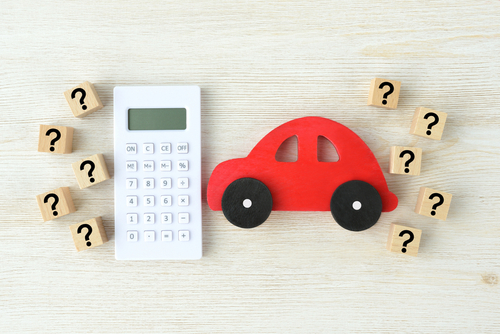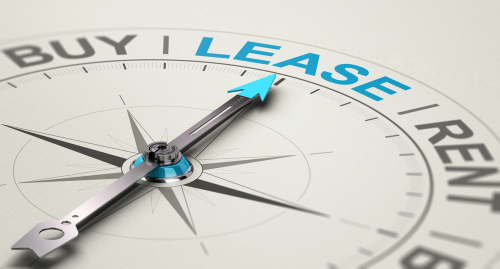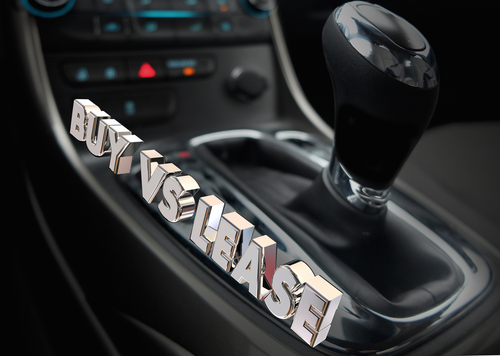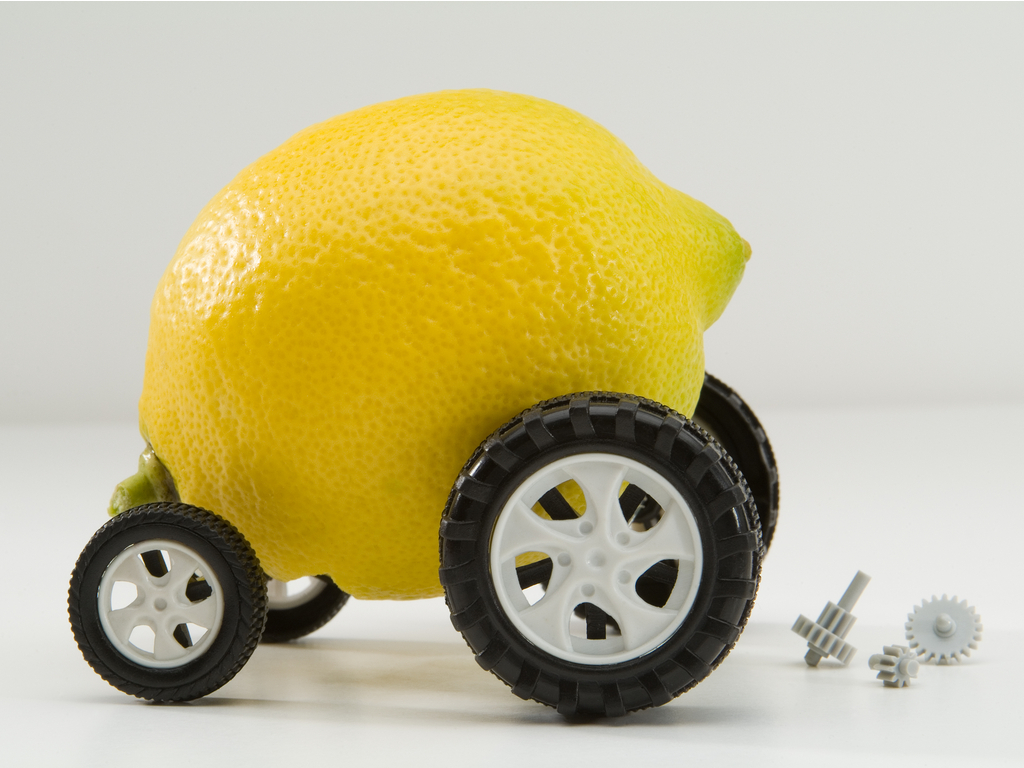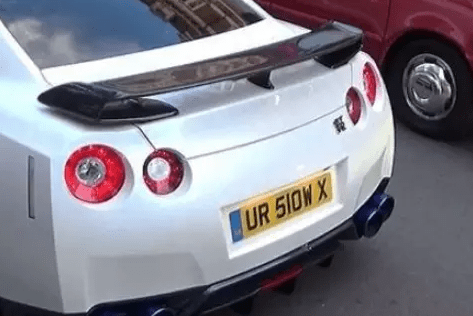In the market for a used car? Taking a test drive is key to the buying process. But a test drive isn’t just about driving. It’s also your opportunity to inspect the vehicle for any problems and our used car test drive checklist will help you with that. Remember that whether you are buying from a dealership or private seller, they can sell you anything.
It’s tempting to get carried away and distracted on a test drive, particularly when you like the look and feel of the car you’re driving. Sticking to a checklist can help ensure you don’t miss any glaring issues and cover all bases.
Free Car Check
Just enter any Car Registration below
Tell us when you’re buying the car so we can show you the most relevant info
Can I test drive a car alone?
Sometimes. If you’re buying from a dealer, you’ll need to ask what their policy is. When buying privately, the seller will probably want to accompany you.
Car dealers usually have insurance to cover your test drive. However, if something happens to the car, you’re likely to be liable to pay an excess. So it kind of goes without saying, make sure you drive carefully! Also enquire how much the excess will be and what the insurance covers should anything untoward happens.
When buying privately, check if your car insurance includes cover for DOC (Driving Other Cars). Remember to take your driving licence with you to the test drive, for ID purposes.
How long does a test drive take?
How do you inspect a used car?
Whilst our Car Guide Buyer’s report will give you areas to check on your chosen vehicle, such as common rust or component issues, the simple used car test drive checklist below will guide you through the most important areas for inspection. We recommend to check the car’s history before you engage with the seller.
It’s a good idea to check the following areas before even getting behind the wheel:
Top Tip: When arranging the test drive ask the seller to ensure the vehicle is cold. This will give you an opportunity to check fluid levels, such as coolant, brake fluid and oil level.
Check around the car:
- Are there signs of rust around the underside, wheel arches and sill edges? Rust is the product of corroded steel or metal, so the structure of the car may be weakened if it’s present. Watch out for plastic coverings concealing rust, especially on the arches or sills.
- Check bodywork, are there any dents?
- What is the condition of the exhaust pipe? Is it supported correctly and firmly?
- Check the colour of emissions from the exhaust pipe. If you see blue-coloured smoke, this could indicate oil burning issues. Remember, diesel cars often emit black-coloured smoke. On a cold day, you might see white smoke, which is actually just steam.
- Do all of the lights and indicators work?
- Are the seatbelts in good condition and do they work and retract correctly?
- How do the tyres look? Are they worn on the inner edges (you may need to turn the steering wheel to see the front tyres fully)? If they have less than 3mm tread, you will need to replace them soon.
- Is the mileage feasible for the age of the car? As a rule of thumb, multiply the car’s age in years by 10,000 to work out what the mileage should be and whether the odometer has been tampered with..
- Do the electrics work? Try windows, heaters/blowers, air conditioning, wing mirrors, central locking, windscreen wipers and horn.
Open the bonnet:
- Establish whether the engine has been taken care of by the current owner. Check if the oil is filled to the correct level. Are there any obvious signs of a leak or build-up? Pull the dipstick and check the condition of the oil. If it’s golden and new rather than black and old, this suggests the car has been recently serviced.
- Watch out for yellow-mustard coloured build-up, especially on the inside of the oil filler cap, which may indicate head gasket problems.
- Check the water expansion tank. The contents of this should look like coloured water. If it has floating particles in it, it may be an early sign of head gasket failure.
Ask for paperwork:
- Ask to see the V5C and MOT Certificates. Furthermore, check for previous MOT advisories – they’re a good indication of future issues you may need to address.
- Ask to see log book to check service history
Top tips during the test drive
Here are some things to check and be aware of whilst the test drive is being carried out.
Before you start the engine:
- Don’t get distracted by the person selling the car talking because you need to focus on how the car drives and sounds.
- Switch the radio off to listen for any unusual sounds. Squeaking from the engine could indicate a worn auxiliary or cam belt.
- Does the engine start easily from cold? If not, a new battery or alternator could be required. Alternatively, there could be a problem with the starter motor.
- Keep an eye on the warning lights – do they switch off shortly after the engine starts? Do any warning lights come on while driving?
- Are the speedometer and rev counter moving normally?
During the test drive:
- Does the car accelerate as you would expect it to?
- Is the steering wheel moving smoothly, with little effort? If the car drifts to one side, it could be a result of uneven air pressure in the tyres to a problem with the car’s suspension.
- When turning the steering wheel ‘full lock’, are there any unusual noises? These could indicate a problem with the power steering or suspension.
- Keep an eye on the temperature gauge. Overheating can indicate a serious problem. Let the car sit idle for a few minutes after the test drive.
- In a manual car, is the clutch easy to engage? Listen out for any unusual sounds when using the clutch pedal. Can you change gears easily?
- Does the gearlever ‘self-center’ over the correct gear or do you have to ‘find’ each gear? It may only be a small spring that is causing the issue but it can mean taking the entire gearbox from the car to repair, so pay attention to gear changes..
- When braking, can the car stop without delay or too much effort? Does the car drift to one side when braking or follow a straight line? Can you hear any unusual sounds (such as metal on metal) when braking?
- Test the handbrake, preferably on a hill. Is it effective?
- Drive over speed bumps to see how the car handles uneven surfaces. Listen out for unusual knocks and clunks.
After the test drive:
- Following the test drive, wait a few minutes and then try to restart it whilst the engine is hot. Failing to start can be an expensive problem to have.
- Was the car comfortable to drive? Is it suitable for you and your family? What about the boot size, is it big enough? Is the back-seat space large enough?
Let Car Guide help you buy a car with confidence
Car Guide is the UK’s only personalised used car buyer’s guide. Our shortlist, comparison tool and buyer’s guide provide all the know-how you’ll need to make an informed decision on buying your next used car. Sign up today. Best of all, we understand the process of buying a car can sometimes take time. That’s why we offer monthly package which gives you complete access to our services.
There are a lot of things to remember so we hope you found this used car test drive checklist helpful when choosing the right car.
Frequently Asked Questions
Most definitely yes. You should always test drive a car before buying it and this is even more important when buying a used car. If you are not an experienced driver, you can always ask a family member or a friend to test drive the car for you. Read our guide here on what to do and remember during a test drive.
Before the test drive you should:
- Walk around the car and check for any scratches, dents, etc.
- Open the bonnet and check oil levels and check for any obvious leaks
- You should always ask the seller to not start the engine before you get there so you can check if the car starts ok.
Read our guide here on other important points to remember during a test drive and why you should carry out vehicle history check before you even get to test driving the vehicle.



